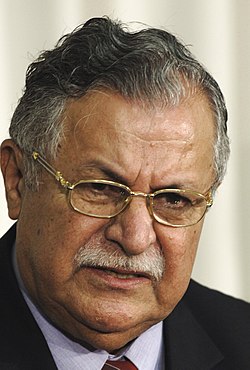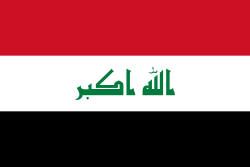Contents
- Incumbents
- Events
- January
- February
- March
- April
- May
- June
- July
- August
- September
- October
- November
- December
- Notable deaths
- See also
- References
- External links
| |||||
| Decades: | |||||
|---|---|---|---|---|---|
| See also: | Other events of 2008 List of years in Iraq | ||||


Events in the year 2008 in Iraq .



